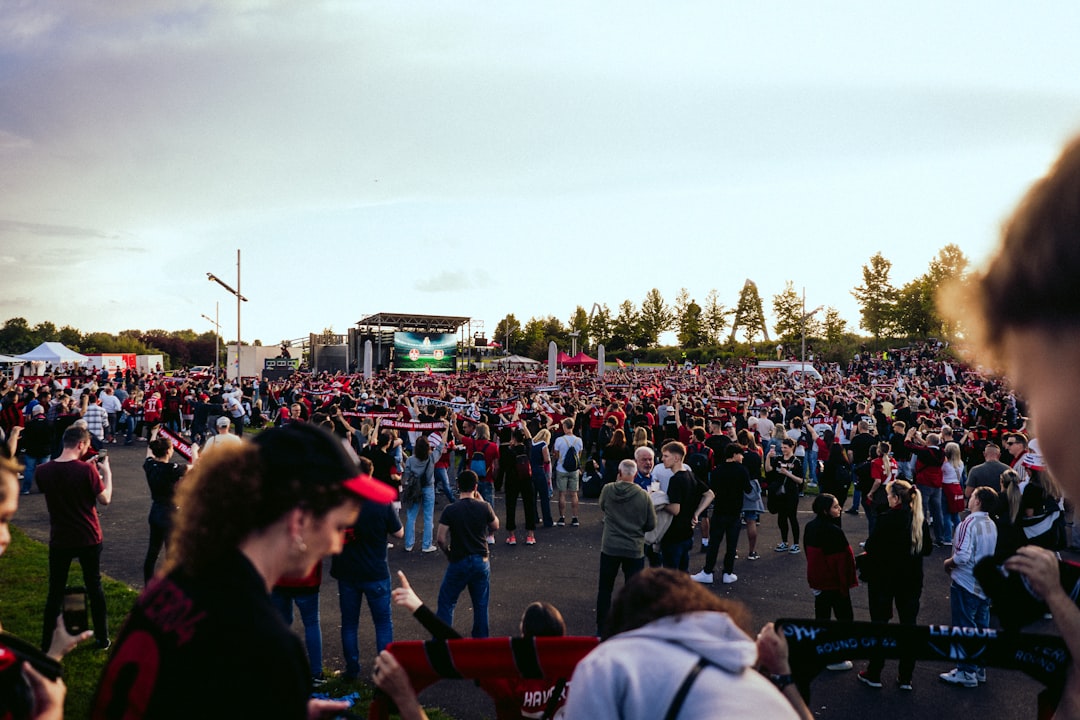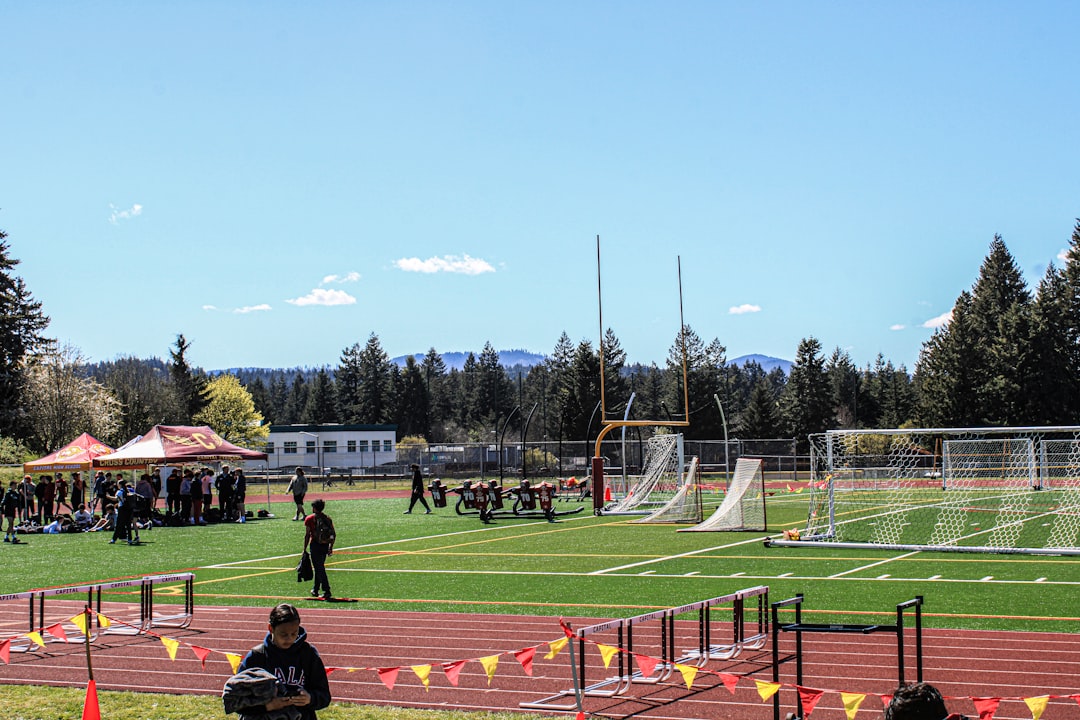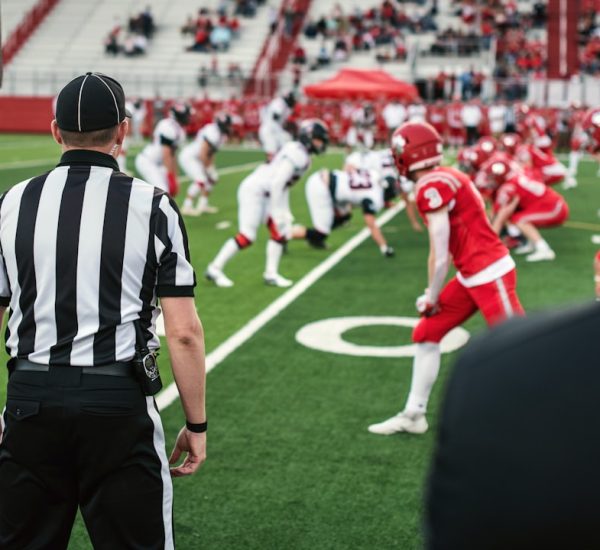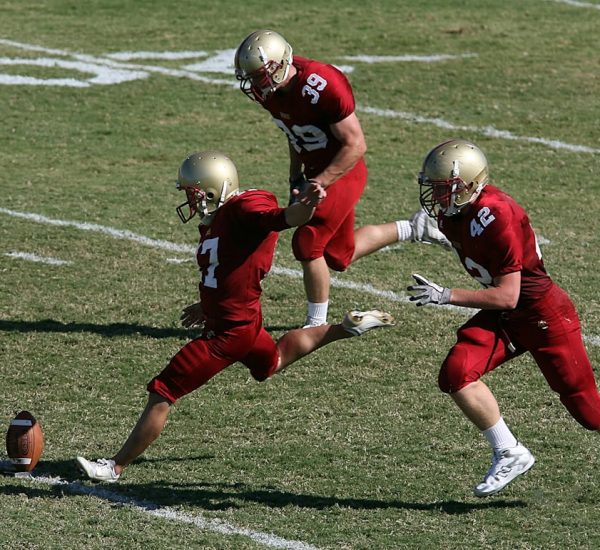Football is a game of passion, grit, and strategy—but in the modern age, it is increasingly becoming a game of numbers. The San Jose State Spartans, a team with growing potential in the Mountain West Conference, exemplify how data and analytics are revolutionizing not just gameplay but also how fans and analysts predict outcomes. Football predictions, once based purely on intuition and minimal statistics, are now driven by complex data models and performance metrics.
The Rise of Analytics in College Football
The technological transformation in college football over the past decade has been significant. With advanced tracking systems, machine learning algorithms, and data visualization tools, teams and fans now have access to a universe of information. San Jose State, like many competitive programs, uses this data to gain a tactical edge.
But what exactly goes into making accurate predictions for a team’s season or weekly performance? It’s a combination of several data-driven approaches that span from team metrics to individual player analysis.
Key Data Sources That Influence Predictions
There’s no shortage of data when it comes to San Jose State football. Analysts pull from a variety of sources:
- Player Statistics: Yards per game, completion percentage, turnover rates, and more allow evaluators to assess individual player contributions.
- Team Metrics: Total offense and defense rankings, red zone efficiency, third down conversion rates, and scoring margins offer insight into a team’s overall performance.
- Situational Data: Performance when trailing, time of possession control, and how the team responds to pressure situations provide context beyond the scoreboard.
- Historical Performance: Win-loss records over previous seasons, especially against current opponents, help predict future outcomes.
- Injury Reports and Depth Charts: Understanding which players are available or sidelined is vital in assessing team strength.

Predictive Models: From Regression to Machine Learning
In the past, sports theorists used simple regression models to predict game outcomes based on a few key stats. Today, these have been replaced—or at least supplemented—by more complex models that employ machine learning and artificial intelligence.
These predictive algorithms are fed thousands of data points and learn over time to improve their accuracy. For example, a model might analyze San Jose State’s past performances against teams with strong run defenses and recognize patterns in how they perform across multiple variables, including tempo, play-calling, and quarterback efficiency.
Here are a few predictive models commonly used in the analytics community:
- Logistic Regression: Predicts win probabilities based on multiple factors like turnovers, possessions, and first-down efficiency.
- Neural Networks: Useful for detecting hidden patterns that human analysts might miss, especially in large datasets.
- Random Forests: Combines multiple decision trees to make more stable and accurate predictions.
Real-Time Data for In-Game Predictions
Analytics doesn’t just stop at pre-game predictions. Many platforms now provide real-time analytics that fans and bettors can use during the game. For example, if San Jose State is trailing at halftime, predictive models can use first-half performance, fatigue metrics, and in-game injuries to update win probabilities on the spot.
Additionally, coaches have begun tapping into real-time data through tablets and on-field communication devices. Adjustments in offensive schemes and substitution patterns are often based on the live tracking of opponent tendencies and personnel groupings.
Analyzing Opponent Matchups
One of the core elements in making predictions is understanding how San Jose State matches up with specific teams. Analysts scrutinize the style of play, formation tendencies, and even coaching decisions of opponents to forecast game outcomes.
For example, suppose the Spartans are playing a team with a top-10 pass defense but a mediocre run defense. Data analysts can simulate outcomes under different play-calling scenarios to determine which offensive strategy maximizes probability of scoring.

This approach also helps with defensive predictions. If an opposing quarterback struggles under pressure, San Jose State might increase blitz packages in their game plan, a tactic strongly informed by data.
Fan Engagement Through Analytics
Analytics aren’t just for coaches and players. Fans of San Jose State have increasingly turned to data to enhance their game experience. Numerous websites and mobile apps provide curated statistics, win probability charts, and predictive scores days before a game kicks off.
Fantasy football players, sports bettors, and curious fans alike can now dive deeply into data to form their own game theories. Tools such as ESPN’s FPI (Football Power Index) and SportRadar’s predictive dashboards offer intuitive interfaces that break complex information into digestible insights.
Challenges and Limitations
Despite its many advantages, analytics isn’t foolproof. Human performance is inherently unpredictable. Psychological momentum, weather conditions, and unexpected injuries can significantly alter predicted outcomes.
For San Jose State, a key limitation is sample size. The college football season is relatively short, and performance inconsistency among young, developing players can skew metrics. Furthermore, coaching changes and evolving team philosophies can disrupt the continuity of data-driven models.
Case Study: 2023 Season Highlights
In the 2023 season, analysts predicted a solid mid-tier performance for San Jose State based on returning starters and prior year-end statistics. However, early losses to non-conference opponents and unexpected turnovers skewed metrics, challenging predictive models early on.
By mid-season, adjustments in the offensive line and a standout performance by the defense altered the narrative. Analysts who adapted their metrics to include in-season growth and quarterback efficiency began projecting improved outcomes, which materialized with late-season victories.
The Road Ahead: The Future of Predictive Analytics in Spartan Football
As technology evolves, so too will the methods used to predict football outcomes. San Jose State is poised to be part of a new era where biometric data, AI-powered film study, and even fan sentiment analysis could play a role in football strategy.
In the coming years, expect to see:
- Wearable Technology: Monitoring player fatigue and technique in real-time for in-game adjustments.
- Augmented Reality Tools: For fan engagement and training simulations based on predictive scenarios.
- Integration of Social Analytics: Evaluating trends, team morale, and crowd influence using natural language processing.
What does this mean for fans and analysts? A more connected, data-informed football experience that blends the thrill of the game with the precision of science. And for the San Jose State Spartans, it represents a path to consistent improvement and competitive excellence driven by numbers, not just narrative.
In the world of college football, intuition is still valuable—but data is king.



